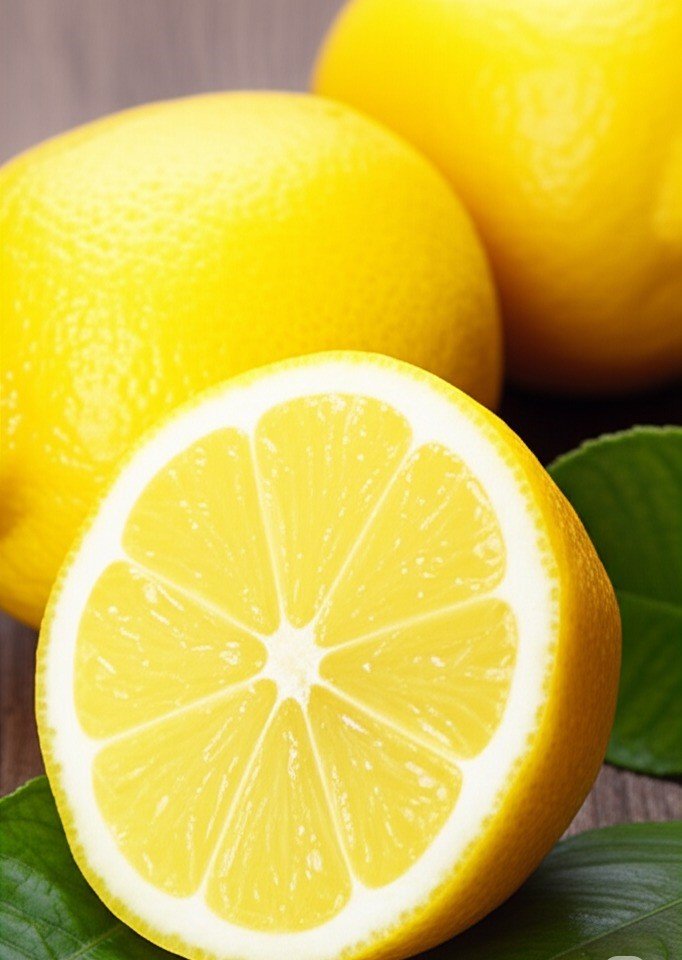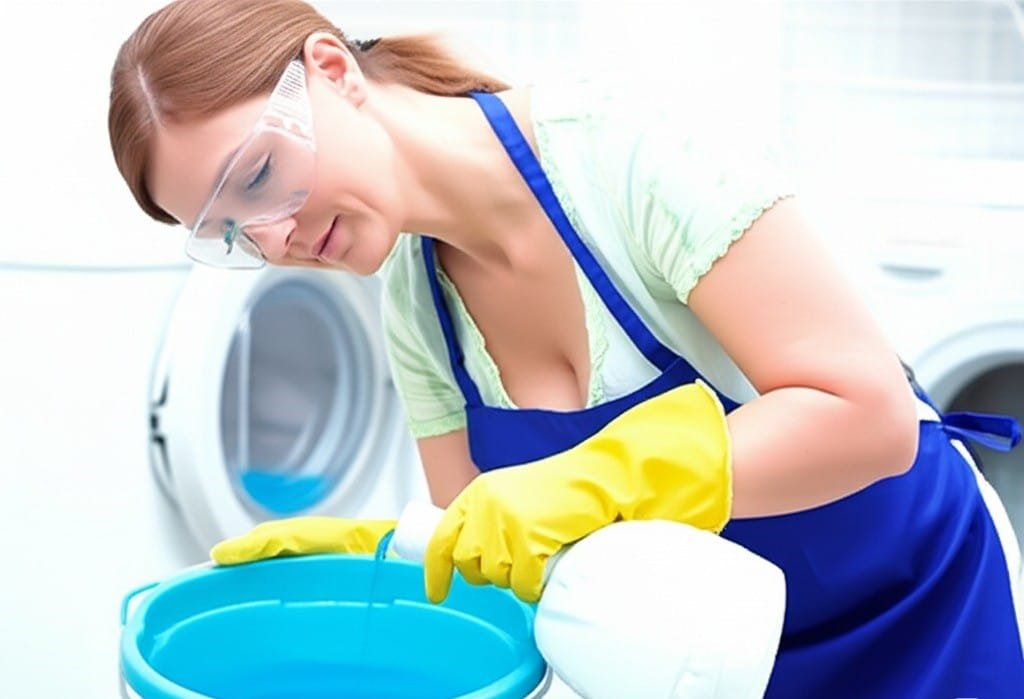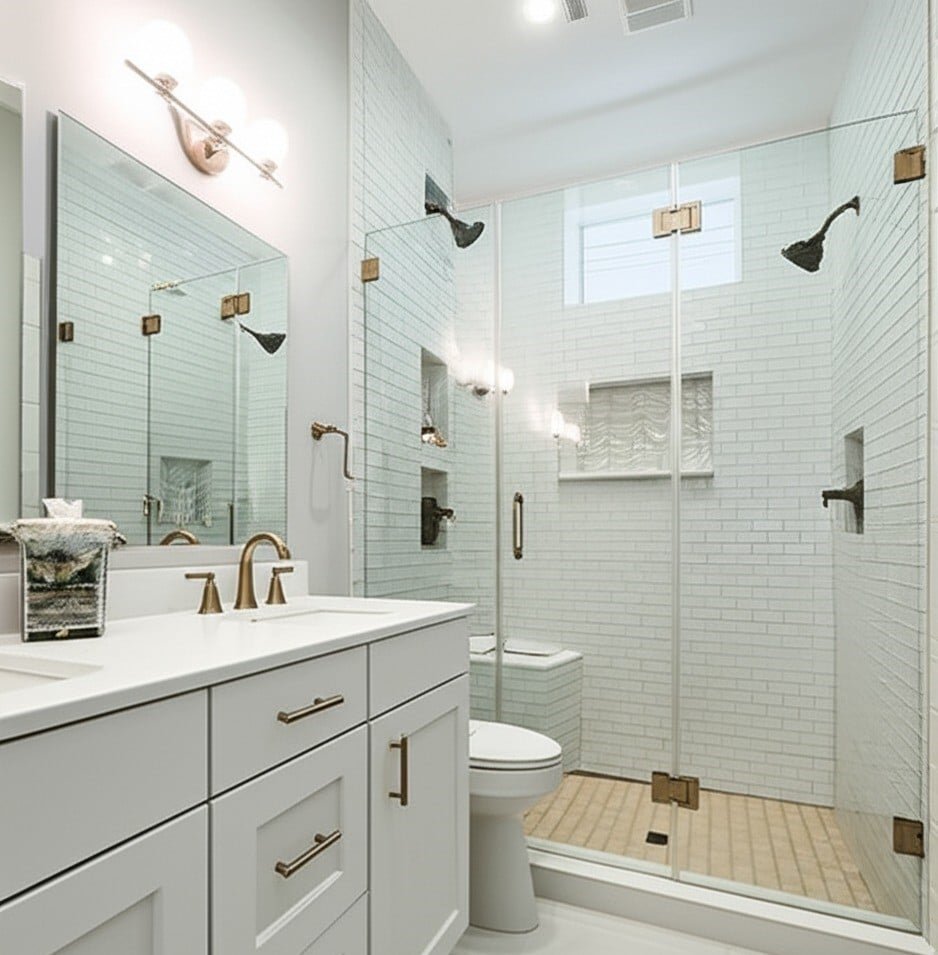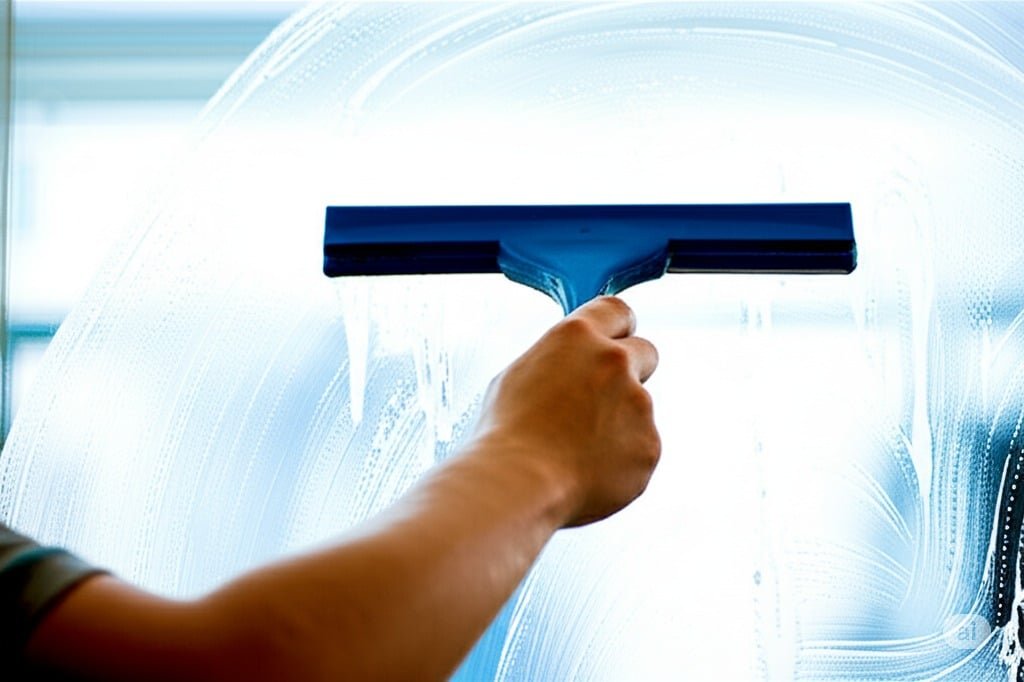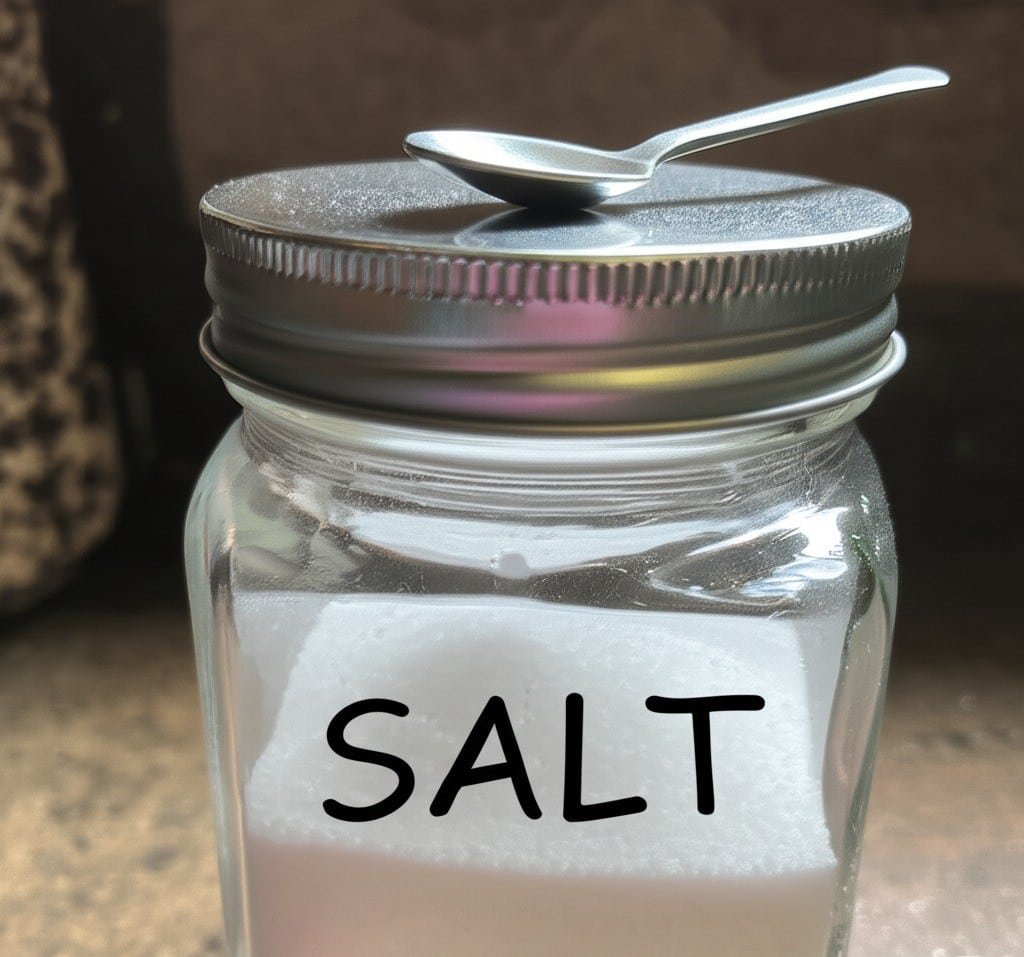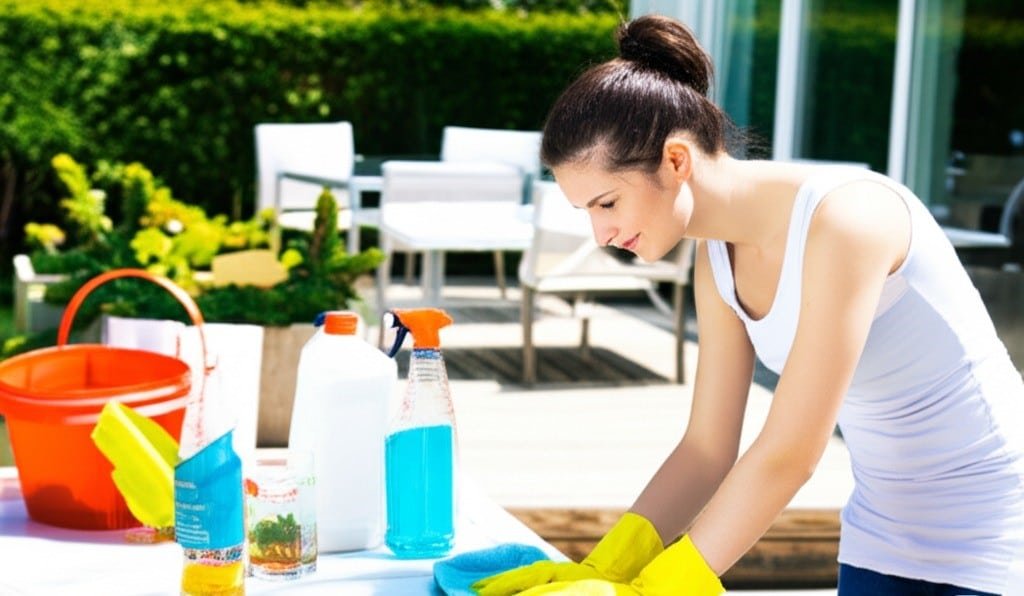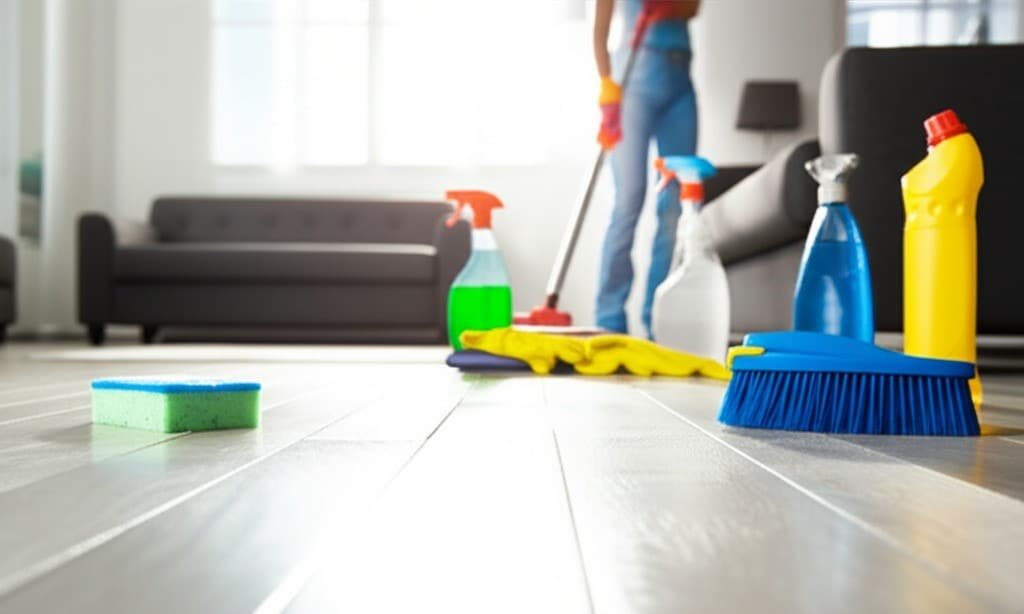Lemon For Cleaning – 4 Best Tips On How To Use It
Lemons are a testament to nature’s ingenuity in providing effective cleaning solutions, offering a powerful yet fundamentally gentle alternative to many commercial synthetic products. Their remarkable cleaning ability is no accident; it comes from a sophisticated combination of natural compounds, most notably their high concentration of citric acid. This organic acid is the star of the show, with its characteristic acidity and, crucial to cleaning, its formidable ability to chemically break down and dissolve common household enemies such as grease, stubborn dirt, hard water mineral deposits and alkaline substances such as soap scum. The inherently low pH environment created by the juice, typically ranging from 2 to 3, proves inhospitable to the growth of many common household bacteria and various types of mold, and gives it significant natural disinfectant qualities. Scientific understanding suggests that this acidic environment can disrupt the cellular integrity of certain microbes, inhibiting their growth and activity. 1.The Benefits Of Lemon In addition to its strong acidity, it is also rich in other beneficial compounds. Lemon oil, predominantly found in the peel, contains d-limonene, a powerful natural solvent. Limonene contributes significantly to the degreasing capacity, helping to remove oily residues that water alone cannot remove. Furthermore, the universally appealing fresh, clean scent of lemon is not just a pleasant masking agent. The volatile organic compounds present in lemon actively interact with many malodorous molecules, particularly those of an alkaline nature, neutralizing them, leading to genuine odor elimination rather than just a temporary masking. This synergistic combination of potent acidity to dissolve and disinfect, solvent action to degrease, and inherent aromatic compounds to deodorize makes lemon an exceptionally versatile, effective, and sensorially pleasing cleaning agent for a multitude of household tasks. The kitchen, the heart of the home where food preparation demands the highest standards of hygiene and cleanliness, is one of the main areas where this citrus fruit demonstrates its multiple cleaning capabilities. Consider the humble cutting board, whether made of traditional wood or modern plastic. These surfaces are continually exposed to raw meats, spicy vegetables like onions and garlic, and a variety of other foods, making them potential breeding grounds for bacteria and lingering odors. When a cut lemon half is methodically rubbed across the surface of the board, the citric acid goes to work. It penetrates the microscopic grooves and knife cuts, where its low pH helps neutralize bacteria and break down residual organic matter. Visually, a subtle lightening of food stains can be observed, and aromatically, the strong, clean aroma of lemon gradually overwhelms and replaces any lingering food odors, leaving the board feeling refreshed and more hygienic. Greasy stovetops, oven doors and kitchen panels, often coated with a stubborn film of polymerized cooking oils, present another challenge perfectly suited to the degreasing nature of this critical fruit. Limonene in lemon peel, combined with citric acid, works to emulsify these fats. Whether applied directly by rubbing with a lemon wedge, or sprayed as a diluted solution, the juice begins to loosen the stubborn grip of grease. After a short contact time, the greasy layer becomes noticeably easier to clean, revealing the clean surface beneath without the need for harsh chemical solvents. Even the inside of a microwave, often plagued by dried-on, caked-on food splatters that seem to resist all but the most vigorous scrubbing, yields to the gentle power of lemon-infused steam. By heating a bowl of water and generous amounts of slices (or a few tablespoons of juice) to a rolling boil and filling the microwave cavity with steam, dried-on food particles are effectively softened and rehydrated. The acidic, aromatic steam not only loosens the grime, but also helps deodorize the interior. The subsequent cleaning process becomes remarkably easy, turning a frustrating task into a breeze, leaving behind a fresh citrus scent instead of the smell of stale food. 2.Lemon Juice Sinks and faucets, especially those made of stainless steel or chrome, often have unsightly marks from hard water deposits and soap scum build-up. Lemon juice, with its ability to dissolve these mineral build-ups, acts as a natural polish. Applying a slice directly to these surfaces, followed by gentle rubbing and thorough rinsing, can visibly restore their original shine, making them shine like new, free of cloudy films and water spots. The notorious garbage disposal, a common source of unpleasant kitchen odors, can be effectively cleaned and deodorized by grinding a few lemon peels (or a whole, cut lemon) into it. As the blades pulverize the peel, the abrasive action of the peel itself, along with the released oils and juice, cleans the grinding chamber, while the potent citrus fragrance powerfully neutralizes unpleasant odors emanating from trapped food particles. Similarly, the often-stained surfaces of stainless steel appliances, from refrigerators to dishwashers, can be restored to their sleek, pristine appearance. Wiping them down with a cloth dampened with lemon juice, followed by buffing with a clean, dry cloth, can remove fingerprints and smudges, leaving a polished, streak-free shine. Even stubborn food stains and lingering odors that have built up on plastic food storage containers can be significantly reduced. Soaking the container in a solution of lemon juice and water, or rubbing the inside of the container with a sliced lemon and letting it sit for a while before washing as usual, can lighten the discoloration and neutralize accumulated odors, extending the life of these containers. The bathroom environment, with its constant humidity and specific types of soiling, presents a distinct set of cleaning challenges, most notably persistent soap scum, dulling hard water stains, and the potential for mildew growth. Lemon, with its characteristic acidity and fresh scent, is remarkably well-equipped to address these issues effectively. Glass shower doors, ceramic tiles, and porcelain bathtubs frequently develop a tenacious, cloudy film of soap scum, which is an alkaline residue formed from the reaction of soap with hard water minerals. The citric acid in lemon directly counteracts and dissolves this alkaline buildup. Applying lemon juice liberally to these surfaces, either by spraying a solution or rubbing
Lemon For Cleaning – 4 Best Tips On How To Use It Read More »
